Radiant heat is emerging as a popular choice for home heating solutions, and many wonder about its safety. Radiant heat is generally safe for use in homes, offering a reliable and consistent method of warming indoor spaces.
Safety concerns are often related to installation and usage practices. Ensuring proper insulation and installation by professionals can mitigate potential risks. Heated surfaces should be monitored to avoid overheating, and following manufacturer guidelines is crucial for safe operation.
Radiant heating systems come in various forms, including electric and hydronic (water-based) systems, each with specific benefits and considerations.
Understanding Radiant Heat
Radiant heat operates through thermal radiation and is available in various system types tailored for different needs.
Principles of Radiant Heating
Radiant heating transfers heat directly from a warm surface to people and objects in a room via infrared radiation. Unlike conventional heating systems, which warm the air, radiant heating focuses on warming surfaces, resulting in a more efficient and even distribution of heat.
Lower air circulation also means less dust and allergens, contributing to a healthier indoor environment.
Types of Radiant Heating Systems
Radiant heating systems primarily fall into two categories: hydronic and electric.
Hydronic Systems: These utilize hot water circulated through tubing laid under floors. Water is heated by a boiler and evenly distributes warmth.Hydronic systems are suitable for larger areas and energy-efficient due to the high thermal mass of the floors.
Electric Systems: These involve electric cables or mats installed under flooring materials. Ideal for smaller areas or specific zones - they can be controlled via thermostats, offering precise temperature management.
Health and Safety Considerations
Radiant heat has distinct safety features and potential health benefits. It's important to consider air quality and ventilation, as well as thermal comfort.
Air Quality and Ventilation
Radiant heating does not rely on forced air to distribute heat. This reduces the circulation of dust and allergens, making indoor air cleaner.
Additionally, radiant systems minimize the need for humidifiers. They do not dry out the air like conventional systems, which can enhance overall indoor air quality.
Proper ventilation is still crucial. Adequate ventilation helps prevent moisture buildup and ensures a supply of fresh air. Regular maintenance of the radiant system is essential to prevent contaminants.
Thermal Comfort
Radiant heat provides consistent warmth by heating objects and surfaces rather than the air. This eliminates cold spots and drafts, creating a more comfortable environment.
Temperature can be easily controlled. This allows for customizable comfort levels in different areas of a home or building. Radiant systems are nearly silent, reducing noise pollution.
These systems operate at lower temperatures, which can reduce the risk of burns. This makes them safer for children and pets. Overall, radiant heating systems offer a comfortable and safe home heating solution.
Comparative Analysis
Radiant heat and conventional heating systems offer different benefits in terms of installation, energy efficiency, and cost. It's crucial to understand these differences when deciding on a heating solution.
Radiant Heat vs. Conventional Heating
Radiant heating provides warmth by directly heating surfaces, such as floors and walls, which then radiate heat into the room. This method offers uniform heat distribution and can eliminate cold spots typically found in rooms heated by conventional systems.
Conventional heating methods, such as forced air systems, work by heating air and circulating it through ducts or vents. However, this can lead to uneven heating and significant energy losses through air leaks in the ductwork.
Radiant heat operates quietly compared to the often noisy operation of forced air systems. The radiant method is also less likely to stir up allergens because it doesn't rely on moving air. In contrast, conventional systems can spread dust, pollen, and other particles, potentially aggravating allergies.
Cost-Effectiveness and Energy Efficiency
Radiant heating systems tend to have higher initial installation costs due to the need for specialized flooring or paneling. However, the long-term operational costs are generally lower because of improved energy efficiency. Radiant systems can be up to 30% more efficient as they directly heat objects and people, reducing energy waste.
Conventional heating systems often have lower upfront costs but may incur higher operational expenses over time. This is mainly due to the energy losses associated with ductwork and the need for regular maintenance of components like filters and blowers.
Radiant heating can work more efficiently in well-insulated homes, further reducing energy consumption. Conventional systems, while easier to install in existing structures, might not offer the same level of efficiency, especially in poorly insulated homes.
Installation and Maintenance
Proper installation and routine maintenance are crucial to ensure both the safety and efficiency of radiant heating systems.
Professional Installation
It is recommended to hire a certified professional for the installation of radiant heat systems. They have specialized knowledge and tools to perform the job correctly, minimizing the risk of leaks, electrical issues, and inefficiencies.
Steps for Installation:
- Assessment: The professional will assess the area and suggest the best type of radiant heat system (electric or hydronic).
- Preparation: They will prepare the subfloor and insulation to prevent heat loss.
- Installation: The heating elements or tubing will be installed, followed by the flooring material.
The installer will also ensure that all electrical connections meet local codes and standards, providing a safe and reliable system.
Regular Maintenance and Safety Checks
Regular maintenance helps in prolonging the lifespan of the radiant heating system and ensures it operates safely. It's advisable to schedule annual maintenance checks with a professional.
Maintenance Tasks:
- System Inspection: Check for any signs of wear, leaks in hydronic systems, or electrical issues in electric systems.
- Thermostat Checks: Ensure that the thermostats are functioning correctly and accurately regulating temperature.
- Cleaning: Clean any dust or debris from heating elements to maintain efficiency.
- Leak Detection: In the case of hydronic systems, inspect for any leaks in pipes or connections.
Regular safety checks can prevent potential hazards, ensuring the system remains safe and effective for household use. Contact the team at Tri-County Mechanical and Electrical today to find out more.

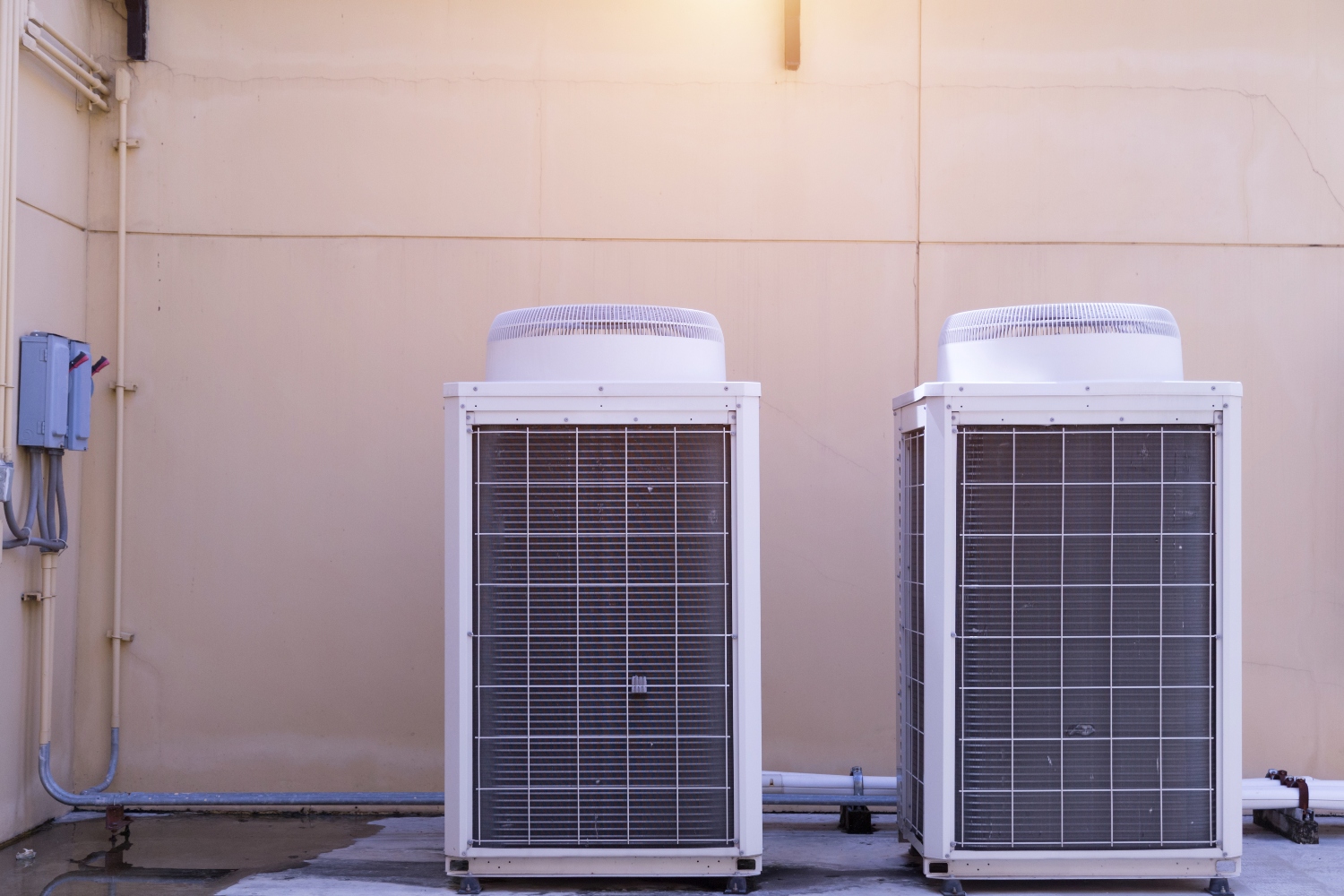

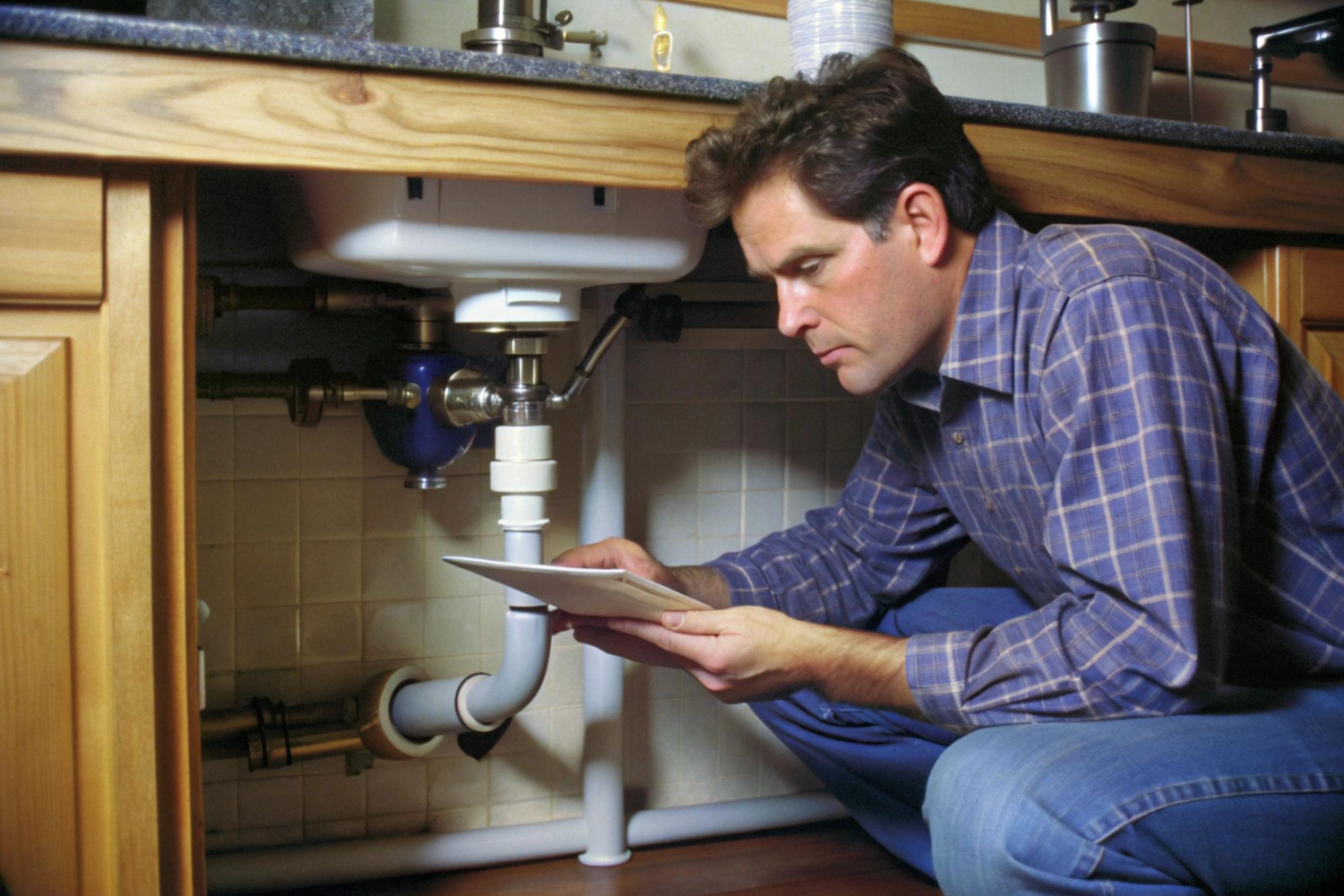
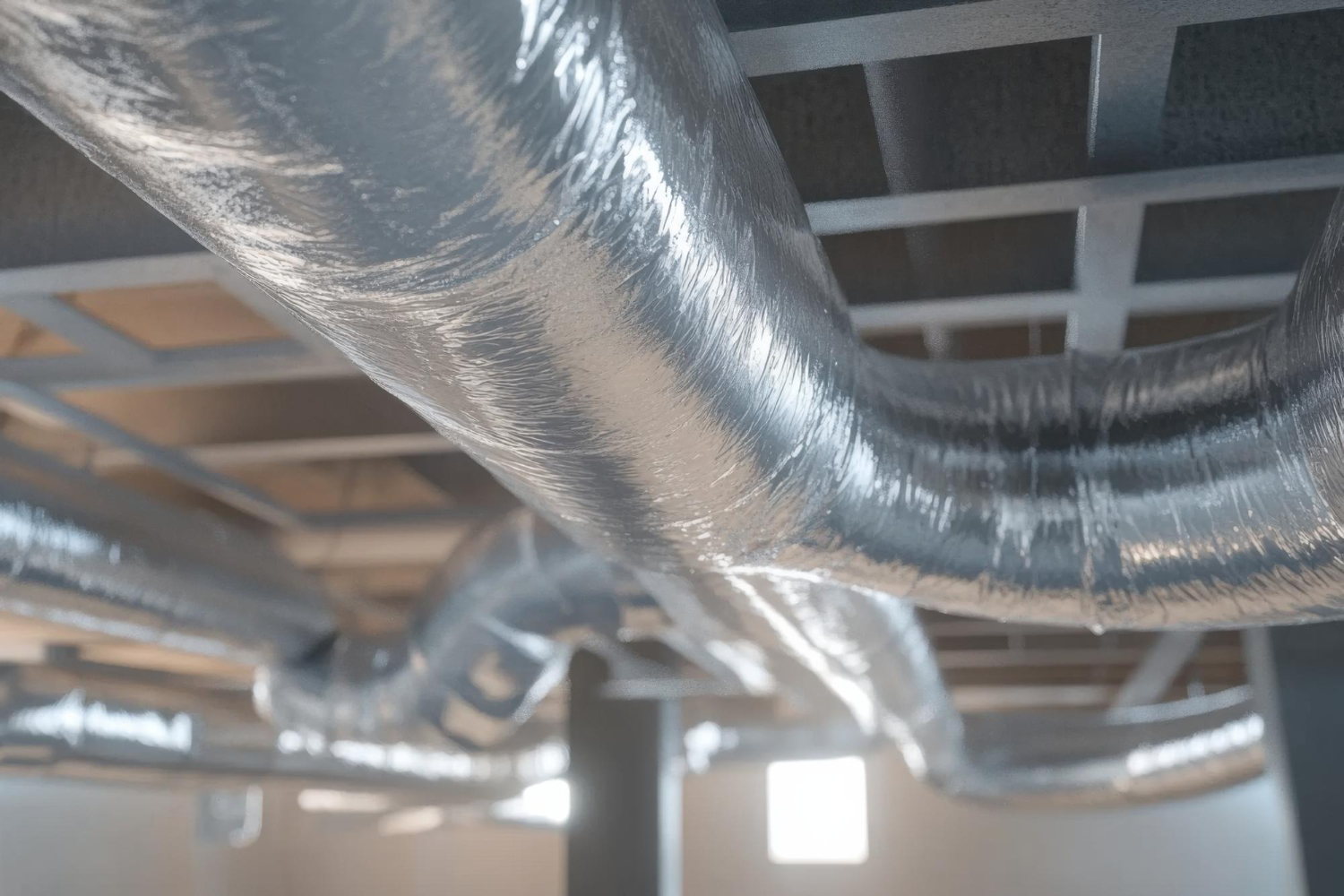
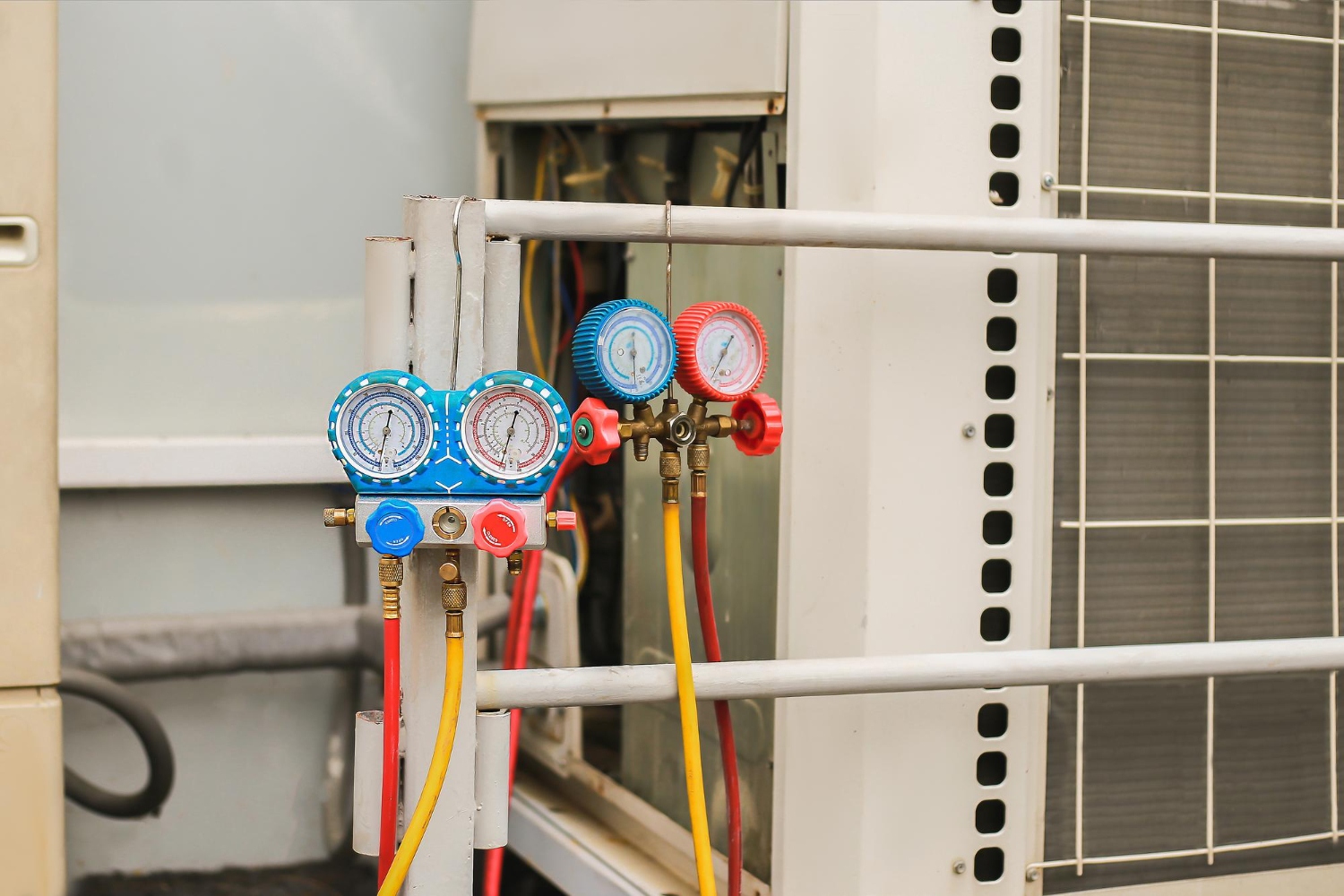
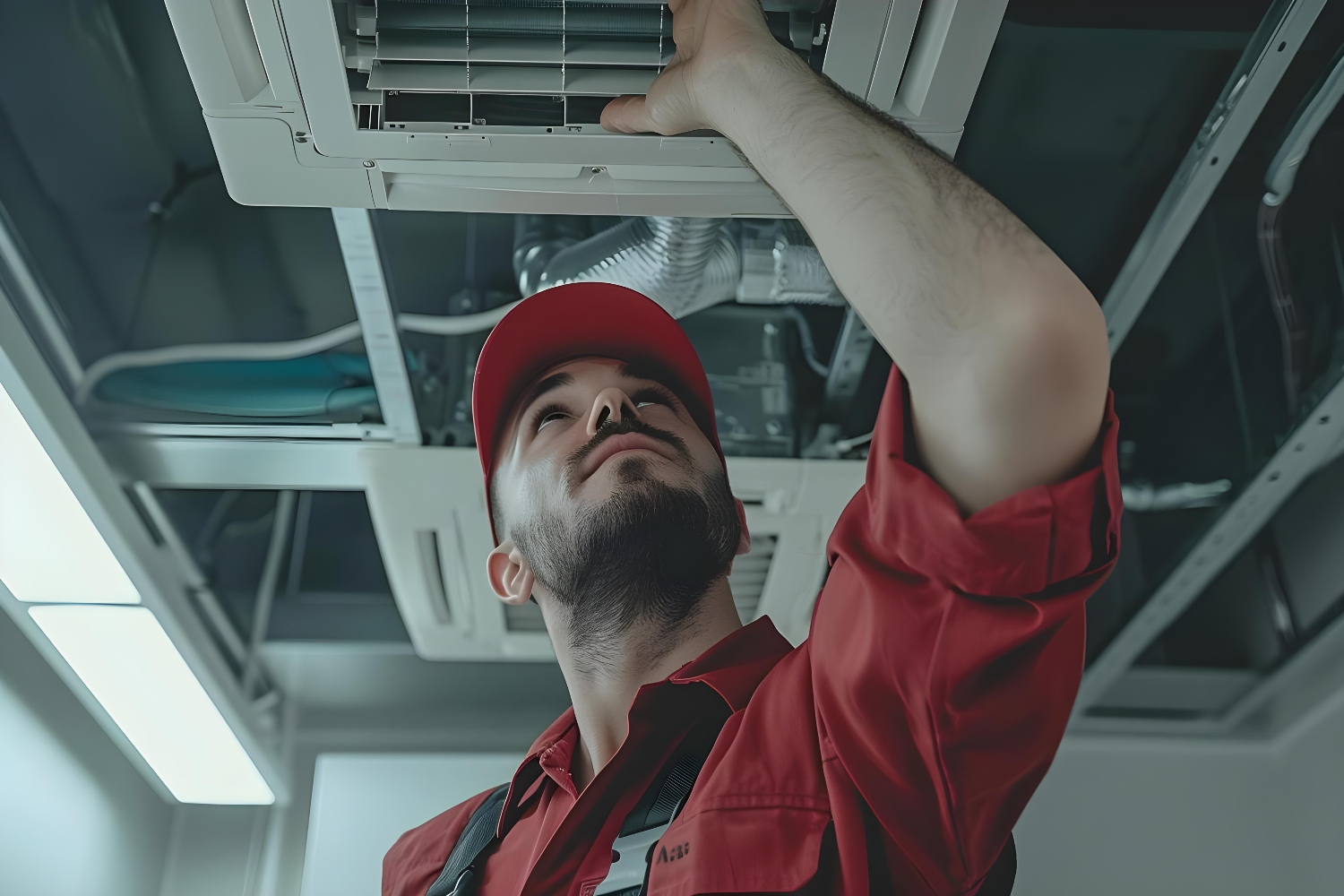
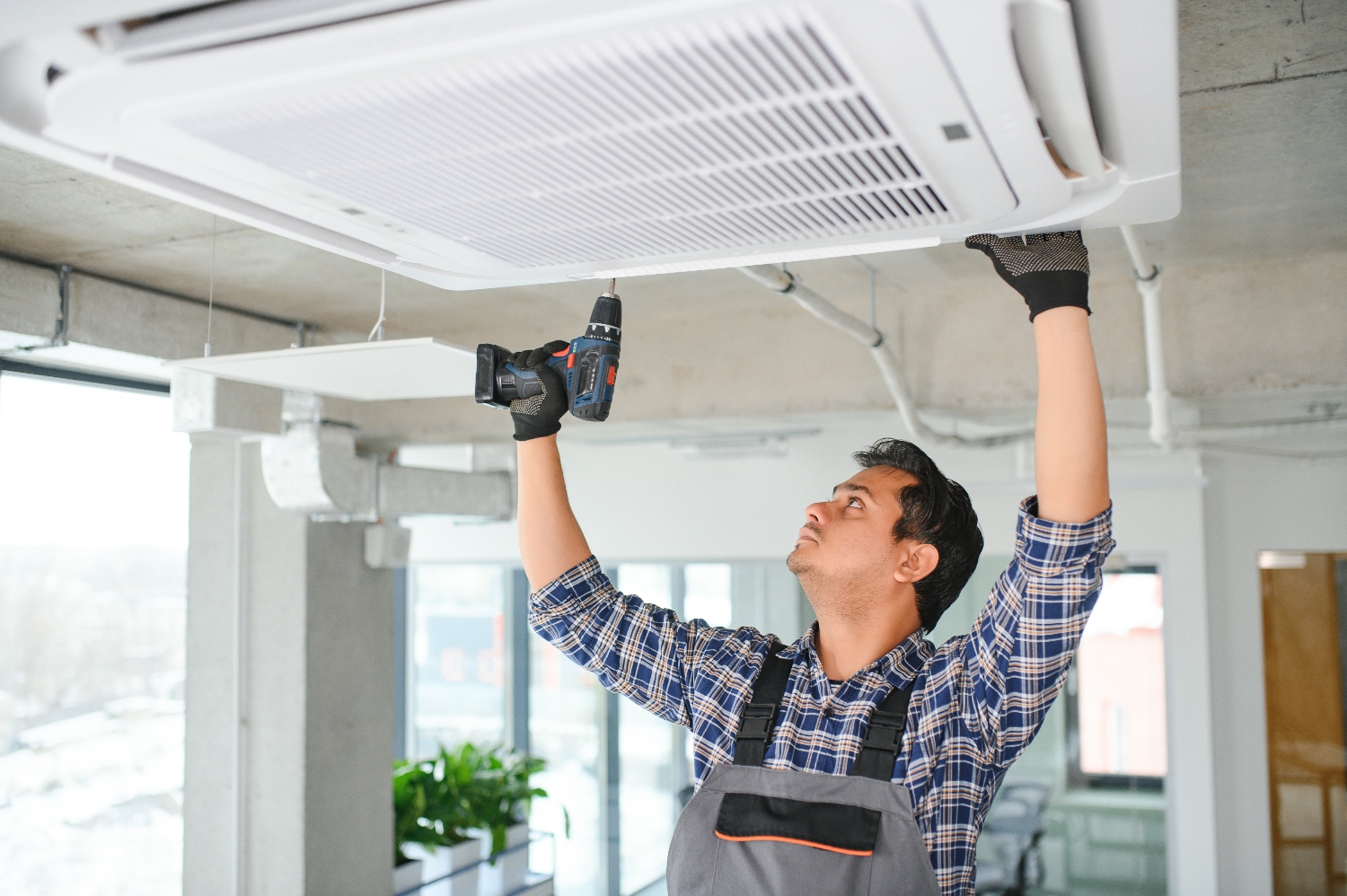
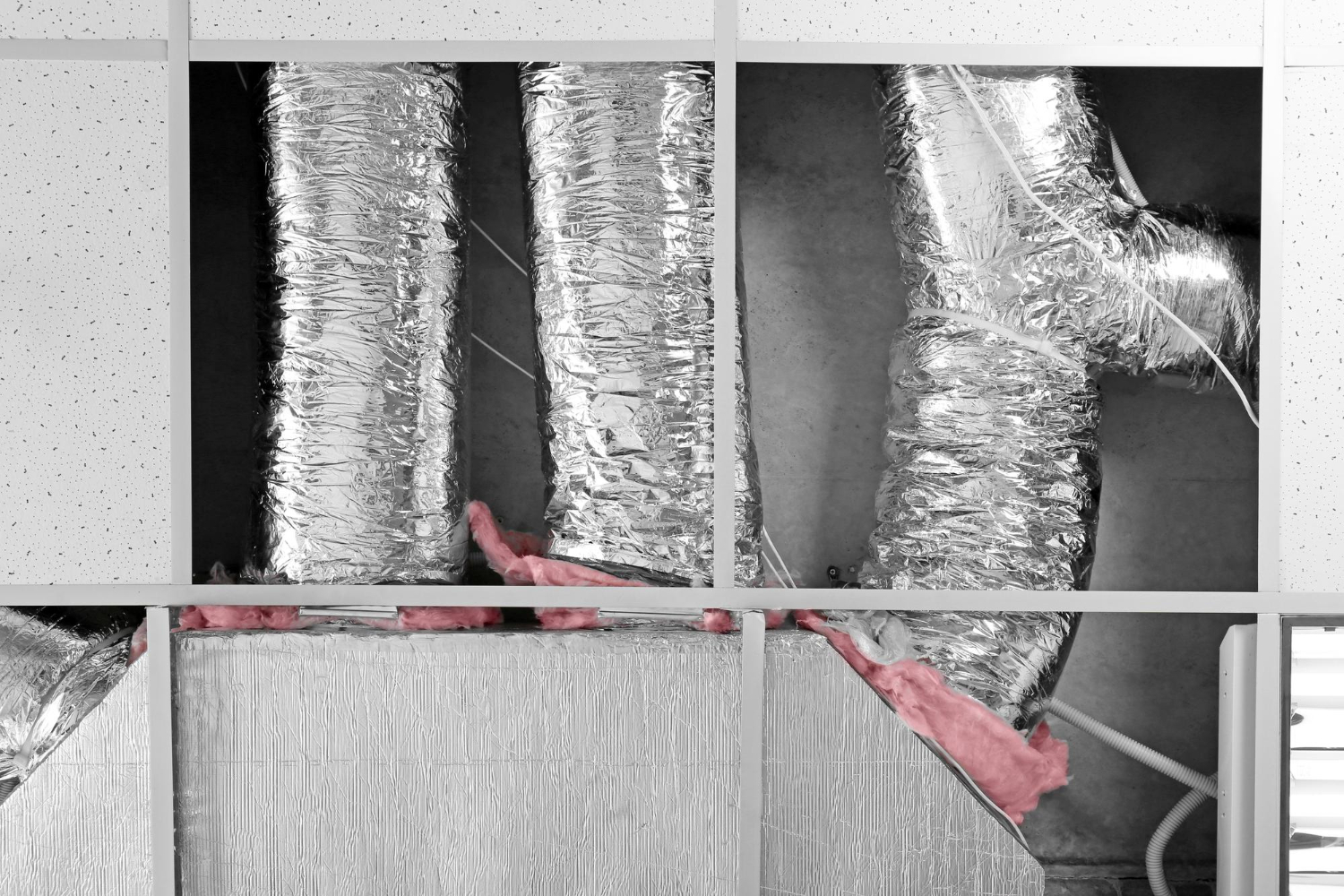




























































.jpg)
.jpg)

.jpg)
.jpg)




















